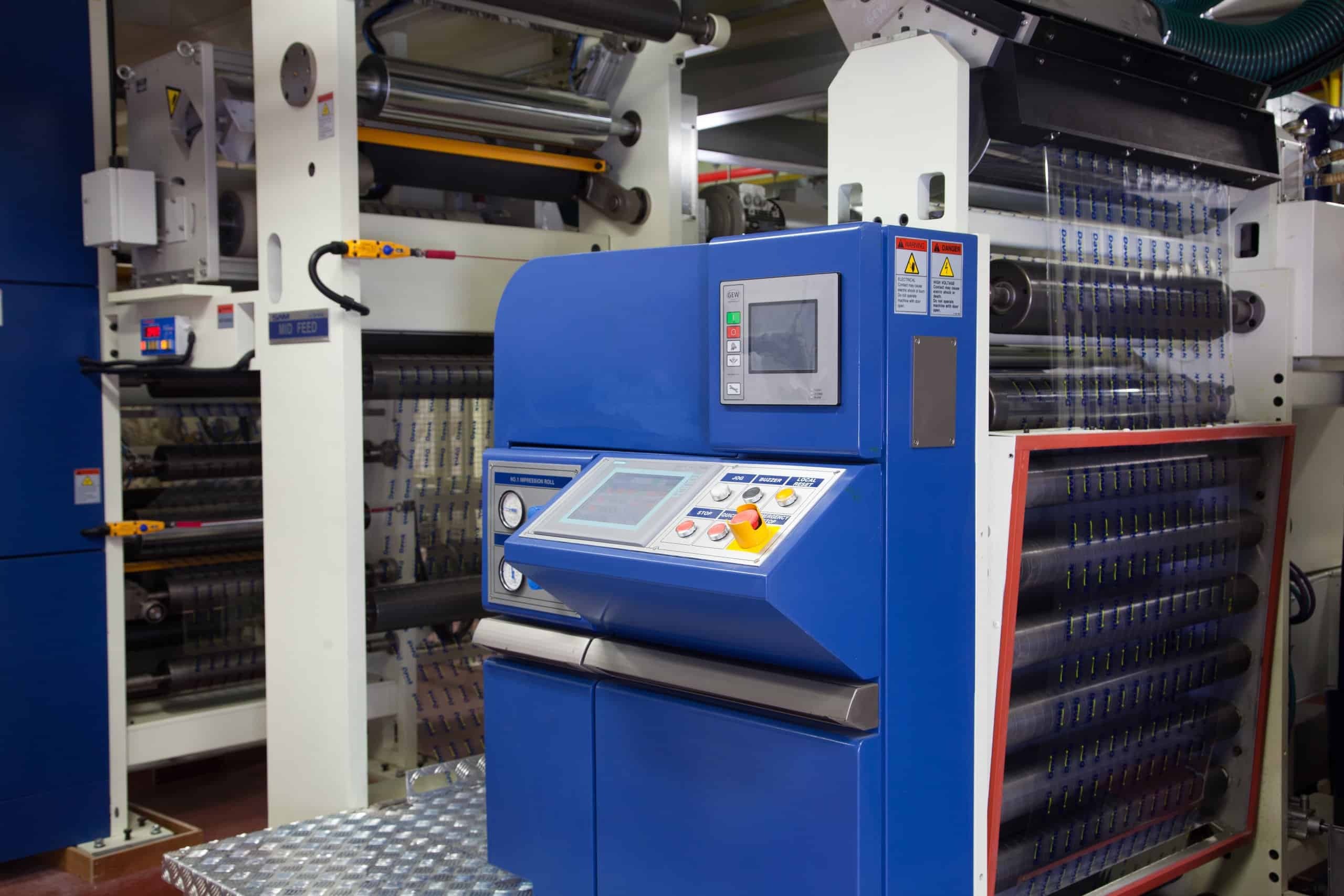
Here are a few adhesive tape types and processes you should know about to make the right choices:
Tapes and other adhesive solutions have an integral role in several industrial sectors.
Packaging, for instance, relies on adhesive solutions ranging from simply holding the carton together to replacing plastic bags and allowing end-users to retain freshness through resealing. Similarly, other industrial sectors like food, consumables, decoration, agriculture and many more also rely on adhesive solutions for both smooth operations and customer convenience.
If you’re interested in finding the perfect adhesive solution for your industrial application, it’s important to understand the basics of tapes and adhesives. This text takes a look at the different types of tapes and processes you’ll find in the packaging sector.
Many of the mentioned solutions are part of Davik’s diverse portfolio and can act as a perfect fit for you.
7 most common production processes and adhesive tape types you’ll come across
Having a basic understanding of the technicalities and adhesive tape types is essential if you want to make effective decisions and understand the terms while talking to the adhesive tape industry professional. At the first stage, we believe the following 7 terms are the most important for you.

1 – PSA
PSA is an abbreviation for pressure-sensitive adhesives. Any regular tape that you come across uses a form of PSA as it doesn’t require any heat, solvent, or water to operate. Simply put the tape on a surface, apply some pressure, and you’ll be good to go.
PSA tapes are generally based on rubber, acrylic, or silicone. All these options have their set of strengths and weaknesses which makes them suitable for different types of applications. If you are thinking of using PSA tapes for your applications, your adhesive partner will guide you regarding the best option for your specific application.
2 – Jumbo rolls/Parent roll
As their names suggest, these tape rolls are made for large-scale production machines and have large diameters. Generally, tape manufacturers deliver high-volume orders to their customers in this form who then convert them into smaller rolls we see.
4 – Release liners
Release liners are simple thin sheets of either paper or other film lining materials to protect the adhesive coatings on the tape. Adhesive solutions generally collect dust and other micro-particles from the air if exposed for too long. This prevents your tape from properly sticking to the target surface. Release liners prevent that from happening by protecting the adhesive solutions from any exposure.
5 – Double coated/sided tapes
Just like their name suggests, double-sided tapes are a unique adhesive tape type that can stick from both sides. They are generally used to join two surfaces together. In some cases, the same type of adhesive is used on both sides and sometimes it differs. In most cases, different adhesives are used on the two sides only for situations where you are joining two very dissimilar surfaces.
6 – Finger lift tapes
Just like the name implies – finger-lift tape comes with a non-adhesive end for easier peeling. Usually, finger lift tapes come with a resealable feature as well. Some of the common applications of finger lift tapes are in the hygiene industry for reclosing handkerchief packs and in the tobacco industry for small tobacco packs to reclose them safely and preserve freshness.
External packaging is often the first point of contact between the customer and a product. So, you must ensure that the packaging is attractive and convenient for the users. With the right finger-lift tape, you can use it on your packaging to help your customers retain the freshness of the items inside and further enhance their experience.
As opposed to labels, resealable finger-lift tape is much more efficient in the production line and reduces material usage, thus much more profitable for the brand.
Davik’s resealable finger-lift tape has also ISO22000 approval, so it can be freely used in food packs.
7 – Tape thickness
Refers to the overall thickness of a single layer of any tape. It takes into account the thickness of the film together with the thickness of the adhesive that covers the tape. This figure can usually be found on the technical datasheet of the tape.
Davik: your perfect partner for any adhesive solution on a roll
Davik, being a premium adhesive solution provider on a global scale, is committed to helping its customers understand their needs better and make informed decisions. From the classic adhesive tape products to new sustainable solutions, promotional packaging materials, various unique industrial solutions – Davik has done it all and can help you too.
The expert team at Davik has the knowledge, experience, and commitment to help bring your vision to life in the most efficient way possible.
Contact Davik today to get started.
Our other articles that you might be interested in:
The complete carry handle adhesive tape manufacturing process;


